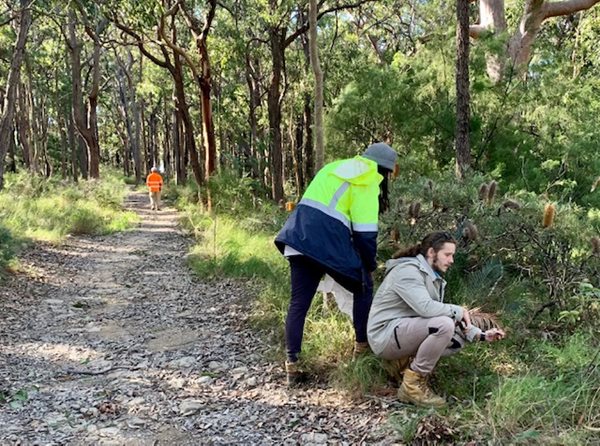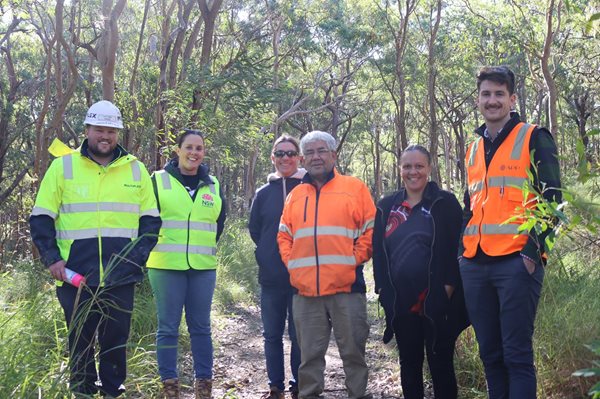The JHHIP project has integrated environmental considerations into our work to deliver tangible, sustainable outcomes.
The project supports the Hunter New England Local Health District’s Sustainability Strategy with the goal of becoming carbon and waste neutral in operation by 2030 – that will make the John Hunter Hospital the first tertiary hospital to achieve this status. Our work is guided by NSW Health Infrastructure’s Environmentally Sustainable Development Approach for Projects and evaluation tool to meet the NSW Government’s 5 Star Green Design and As Built Standard in the Newcastle Local Government Area.
The JHHIP project is also:
- Continuing to focus on innovative ideas and strategies that go above and beyond the standard requirements of the evaluation tool
- Minimising energy consumption and greenhouse gas emissions
- Significantly reducing potable water consumption
- Favouring low emission materials – limiting the health risks associated with the use of toxic constituents
- Maximising passive design i.e., optimising daylight, natural ventilation and solar access to increase occupant wellbeing and reducing reliance on additional services
- Reducing construction waste and site emissions; limiting waste going to landfill, through recycling and reuse
- Minimising stormwater impacts with swales and landscaping incorporated to minimise run-off
The project team has developed a unique partnership with local Aboriginal communities to raise awareness of the importance of native vegetation and soil deposits in First Nations culture. Our activities have included:
- Inviting members of four Local Aboriginal Land Councils (LALCs) to walk on Country prior to any site clearing. This allows for the identification of trees and other habitat to be re-purposed to create furniture and other items for the new hospital building and beyond
- We enacted the Unexpected Finds protocol outlined in the Aboriginal Cultural Heritage Assessment when a large deposit of ochre was uncovered and subsequently deemed as naturally occurring. We invited the LALCs to hold a traditional Smoking Ceremony and collect the ochre so it could be used by local Aboriginal artists
- We developed a program in partnership with Landcare Australia so that native vegetation seedlings could be harvested and replanted in the elevated garden in the new development
- We have drafted an educational resource pack that outlines the importance of these species in Aboriginal culture that will be shared with local school children in a program that is being supported by NSW Department of Education
- We have connected our partners at the LALCs with the Transport for NSW project team, who are working on the adjacent Newcastle Inner City Bypass – Rankin Park to Jesmond so similar initiatives can be undertaken
Find out more in this video about our seedlings program, which is being delivered in partnership with Landcare Australia and the local Aboriginal communities.

Representatives from Bahtabah Local Aboriginal Land Council collecting seeds.

Members of the project team with representatives from Biraban Local Aboriginal Land Council walking through the project site.